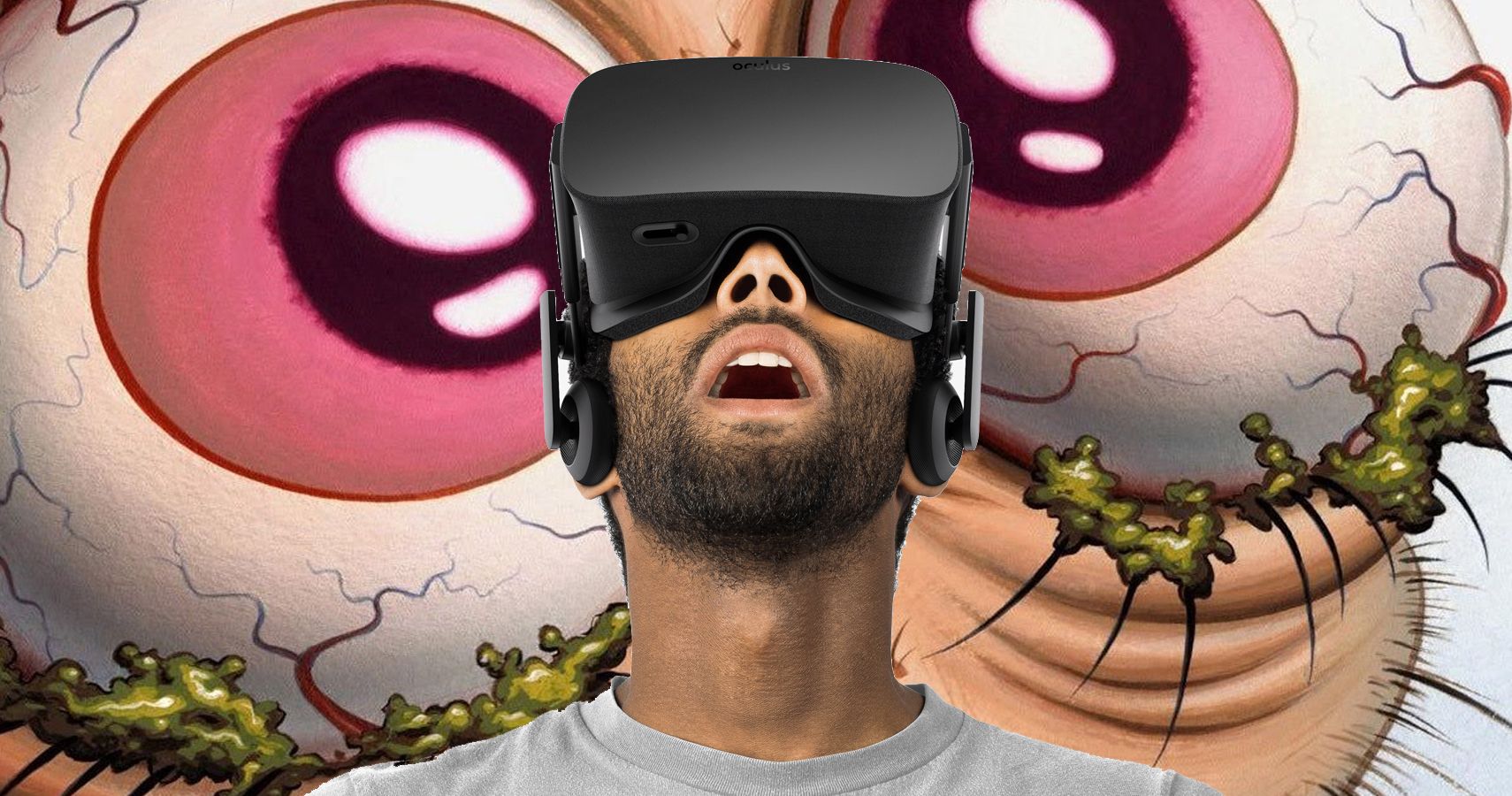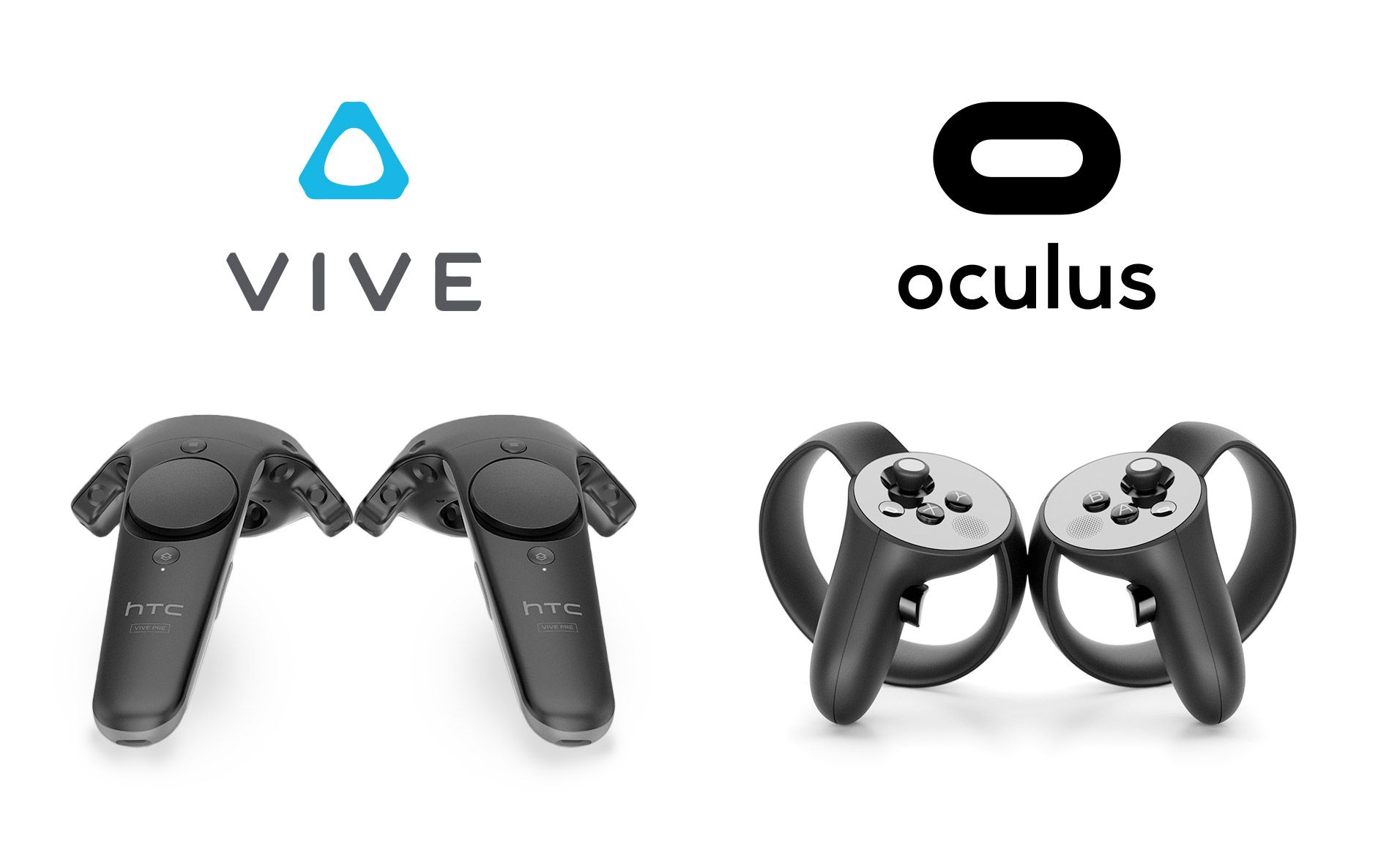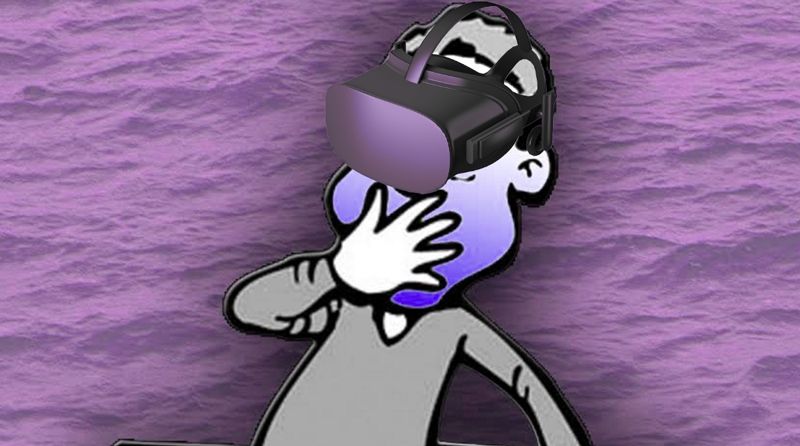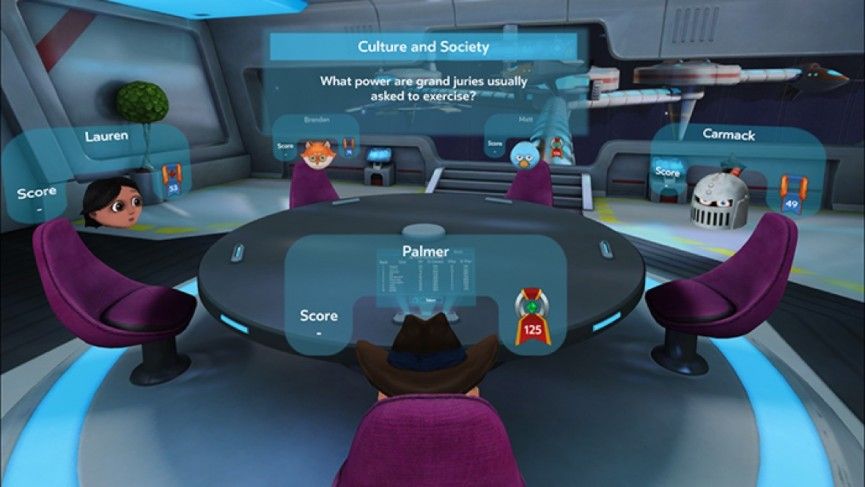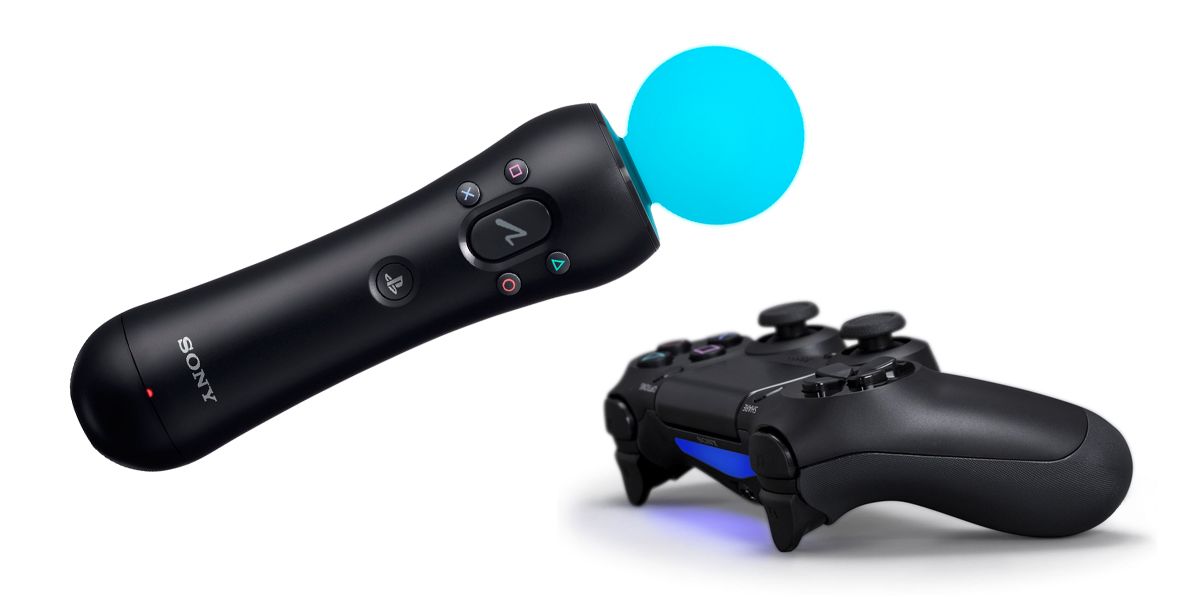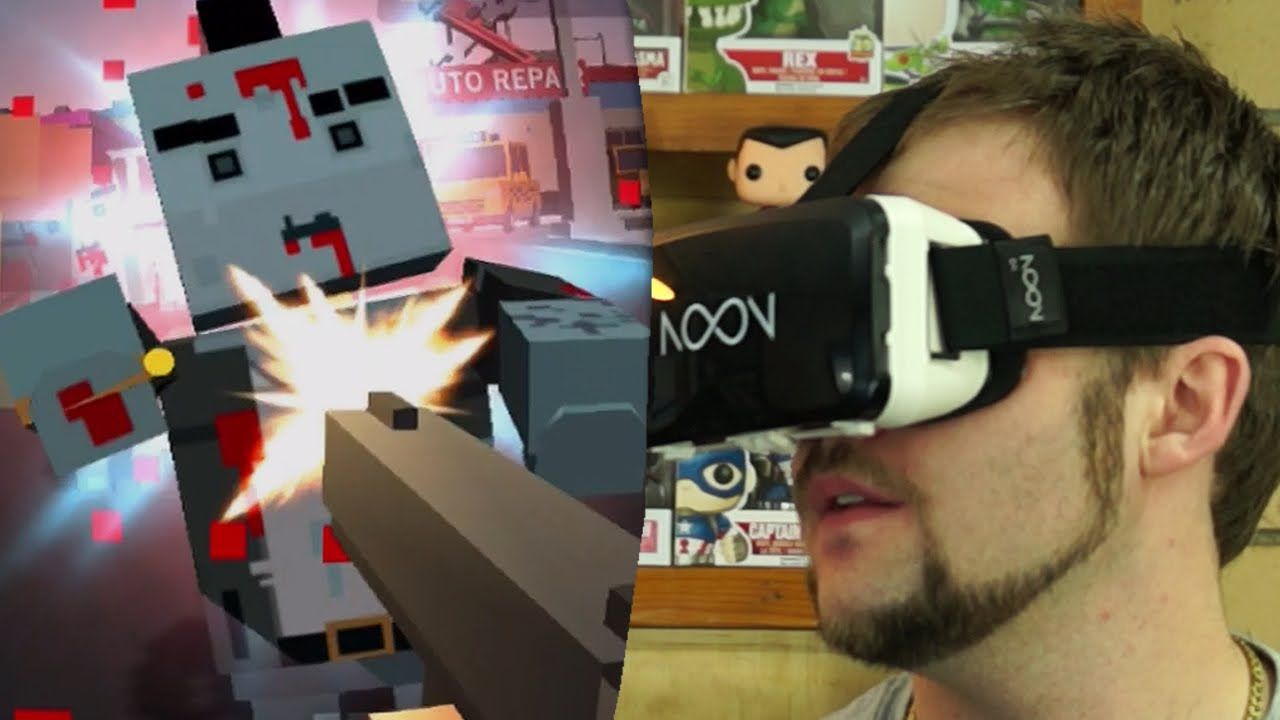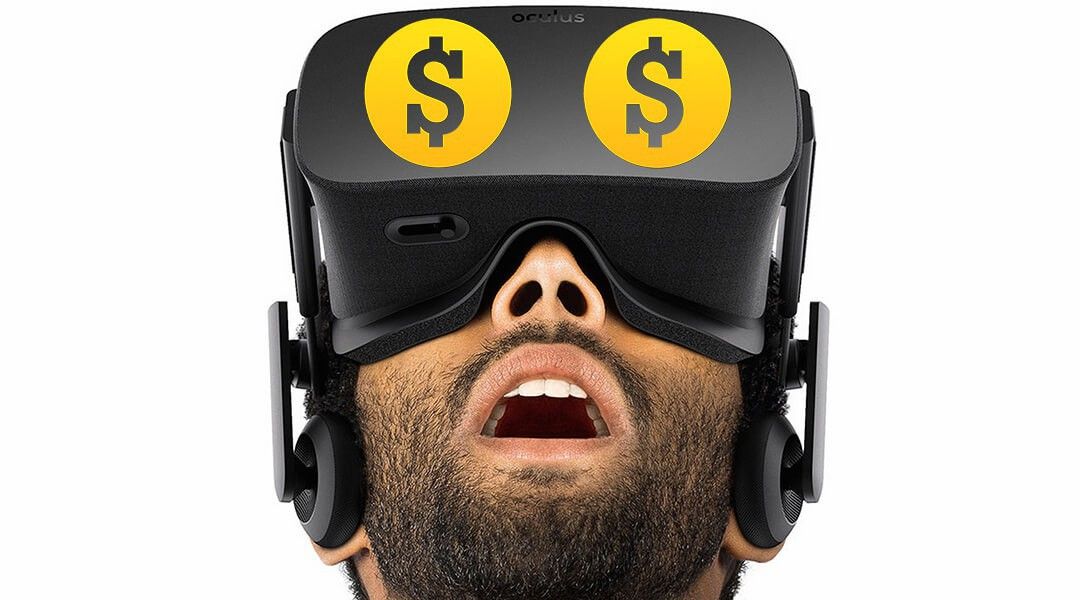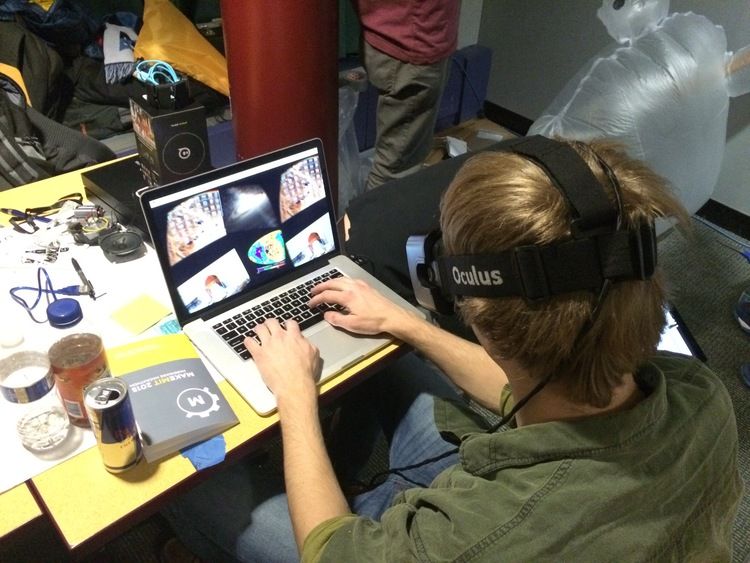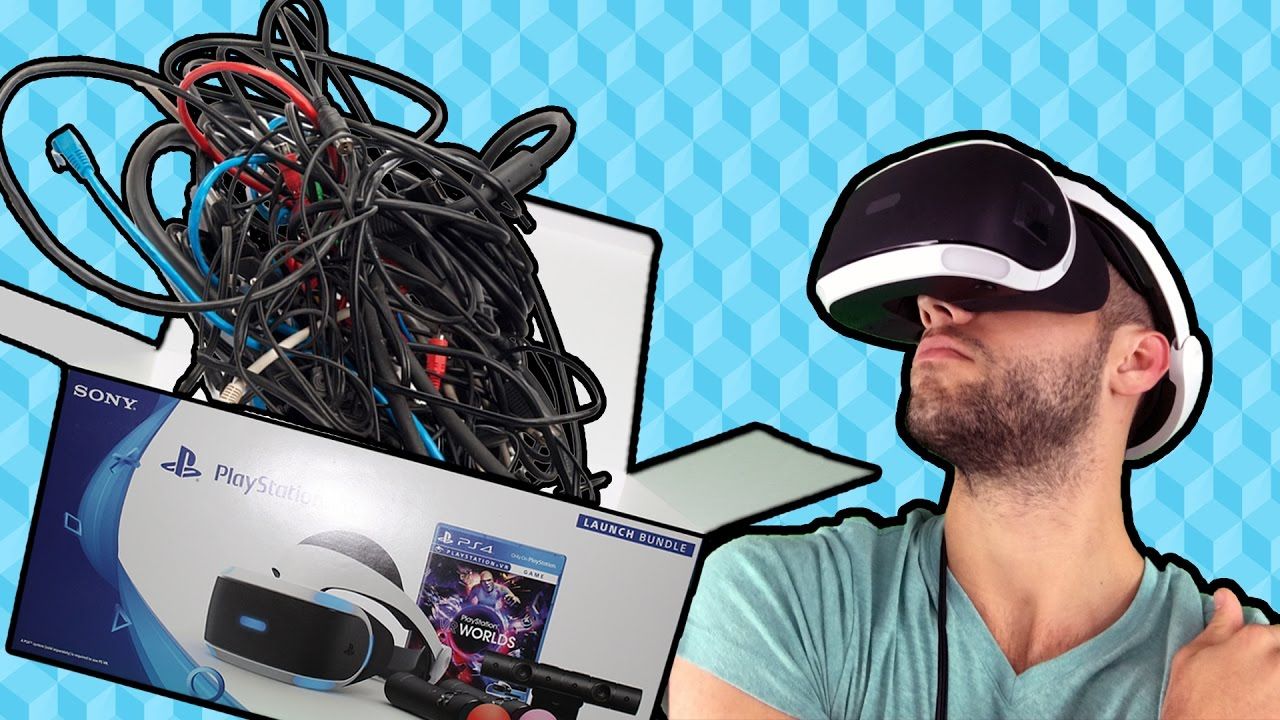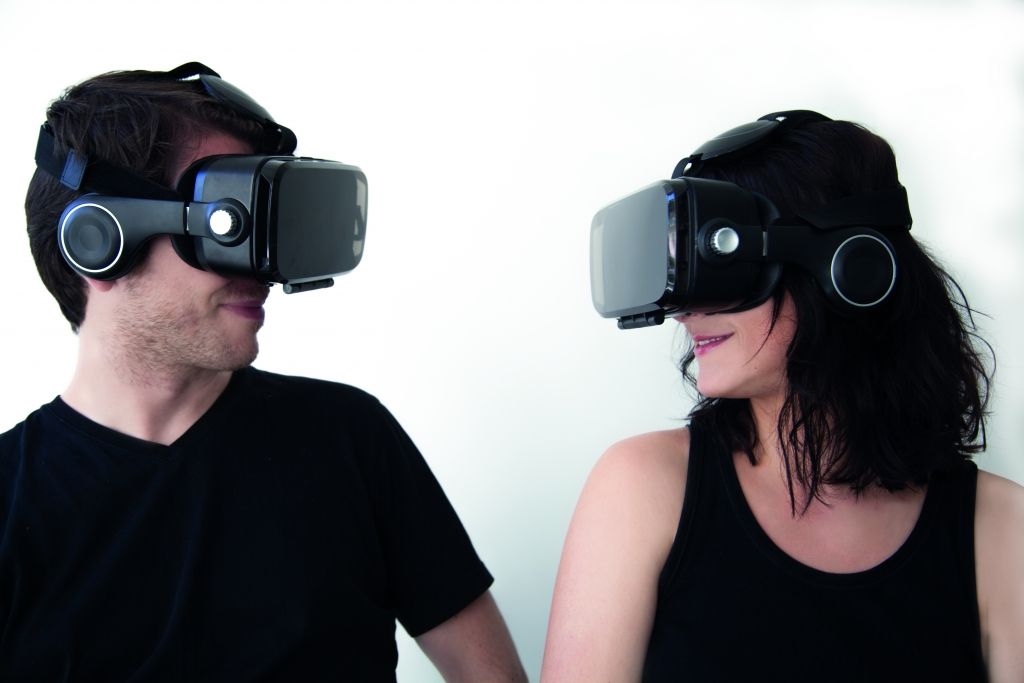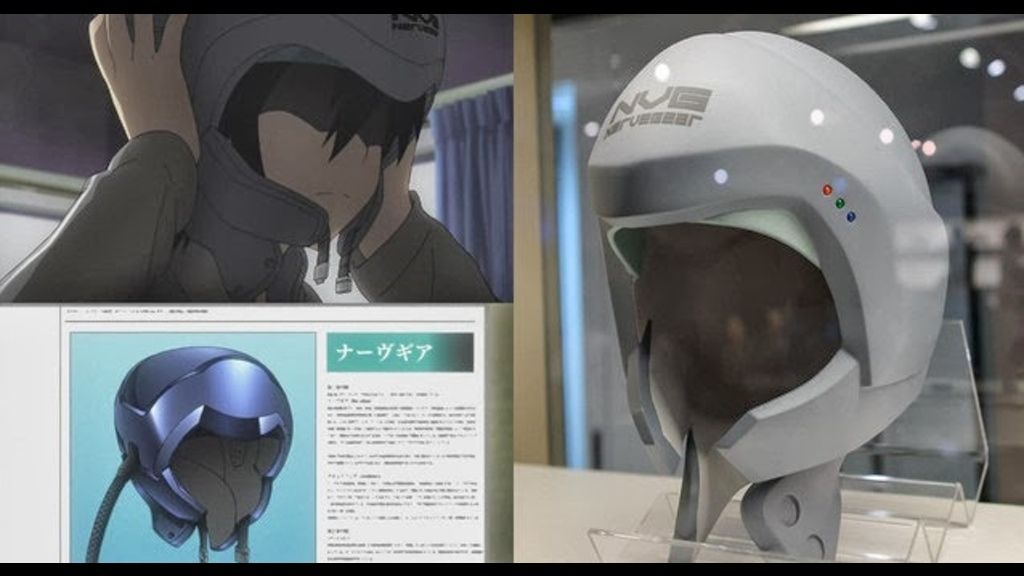Picture this scene: you’re on your couch, waiting to boot up your game. You slip on your headset, and you’re immediately transported to another world, filled with magic to conjure, swords to wield and dragons to slay. You look down, and you see yourself decked out in full armour gleaming in the sunlight. Off in the distance a castle, which you’re utterly sure the princess is not in, so you head off in another direction to seek adventure.
Sounds like some far off science fiction future, right? Well, I’ve got some great news for you: you are right!
Today we have VR headsets that are kinda neat, but we’re still a long way away from the kind of Matrix-esque full dive into virtual worlds that we’re clamoring. What we have right now is something that simply pales in comparison to our idea of VR. In some ways, what's being offered today is actually detrimental to gaming as a whole.
“But Sean,” you rebut, “how can a fantastic new technology be bad for gaming?” I’m glad you asked. As with any new technology, VR is really upsetting the very fundamentals that gaming is based on. How games are played, how they’re made, and even how you clean up after playing are all changing quickly, and in this rapidly evolving environment we’re not paying attention to the ways that VR is actually changing things for the worse.
Let’s explore some of the not-so-great aspects of VR, shall we?
15 No Input Standards
I know when I sit down at my computer to play the latest first-person shooter, pressing W will move me forward, pressing space will make me jump, and pressing the left mouse button will make whatever is in front of me burst into bloody confetti.
When I plop on a VR headset, I don’t have any assurance of what anything does, whatsoever. Sure, some of those game-wands will have trigger buttons that I can rightly assume will shoot something, but what about VR games that aren’t about shooting? Does the trigger pick up objects? Throw them? Make my virtual character jump around and dance a merry jig?
Being brand new hardware means we’re in the 'wild west period' where anything goes, and nothing makes sense. Sure it can be fun to visit, but after a while it makes me long for the comfortable familiarity of my mouse.
14 Motion Sickness
I have to say, I’ve never sat down for a rousing evening of Overwatch and subsequently puked all over my keyboard. Actually, there was that one time, but I was really drunk. At least, I think I was — I don’t really remember much of that night.
Anyway, VR gaming can make you sick. The medical term is Virtual Reality Sickness, and it’s a subset of motion sickness. Basically, when you assault your brain with all these stimuli telling it you’re moving, or jumping, or getting shot at, but you’re actually not, it can make you nauseous. Some people get headaches, and some even faint.
If you’re one of the unlucky ones, you’ll have to stick with tried, tested, and true flat screen monitors for your gaming. Maybe you can get one of them fancy new curved ones, but you’ll be taking a bit of a risk there too. Flat is where it’s at.
13 Lack Of Research Into Possible Eye/Neurological Damage
If you thought that busting your living room lamp was the only damage you could get up to in VR, think again. You could be melting your brain and searing your eyeballs!
Alright, that may be a little alarmist, but let me explain. We’ll start with your eyes. When you look at something, two things are happening: first, your eyes lock onto whatever it is you’re looking at, and then your eye focuses on that object, so it’s not all blurry. The important thing to remember here is when you look at something your eyes aren’t entirely parallel - they converge on a single point. This is what gives you depth perception.
In a VR headset, this doesn’t happen. Instead, both your eyes are focused on the same point (the tiny screens on the VR headset a few centimeters away), and then your eyeballs look in various directions to see things. The problem is your eyeballs aren’t converging on anything anymore, and instead, depth is faked by giving each eyeball a slightly different picture from the other. This isn’t the way things normally work, and nobody knows what long term exposure will do to your eyes, and because the two are so intrinsically linked, it could have terrible consequences for your brain too!
Not only that, but staring into a super bright headset after hours of gaming can really mess with your sleep schedule, causing insomnia. There’s no faster way to brain damage than not getting enough sleep.
12 Lack Of Good Games
I dunno about you, but my favourite games are the kind I can really sink a soul-crushing amount of my lifespan into. Massive worlds where you can play again and again, searching out every new secret until your thumbs and fingers bleed. VR just doesn’t have those kinds of games.
The bulk of what you find in VR seems more like a series of brief tech demos than full-fledged games. A lot of those games that do have some staying power turn out to be re-worked versions of previously released games, and even then they often have portions cut from them to make it work. There are indie games coming out on Steam that will last for 5-10 hours, but nothing that’ll make you game your life away.
Then again, maybe spending only 5 hours in a VR landscape isn’t such a bad thing, given how we don’t know what prolonged exposure might mean for your health.
11 Neck Strain
Hey bro, do you even lift? How about lifting with your neck? No? Then VR might pose a problem.
The human neck is designed to hold and orient the human head, which weighs about 10-12 pounds. A VR headset generally weighs about a pound to a pound and half, meaning you’re increasing the strain your neck takes on a daily basis by 8-13%. That extra weight can really take a toll, and if you’re not careful, you could end up with crippling injuries.
The other option is to invest in some neck exercising equipment, but then you’d look like this:
You wanna look that stupid? I didn’t think so.
10 Limited Inputs
Along with having no standards, is a lack of things I can actually do in VR. On a gamepad, I’ve got between 10 and 15 buttons, 2 controls sticks, and a directional pad. On a VR control wand, I’ve got maybe 6 buttons and a touchpad. This severely limits what I can actually accomplish in a virtual world.
Let’s break this down. You wanna play Street Fighter in VR and pull off a bunch of fancy combos? Well, you can’t - ain’t got enough buttons for a high, low, and medium kick. Wanna go play some fancy-pants MMORPG like World of Warcraft? Better get used to auto-attacking all the time, ‘cause you ain’t going to be throwing many spells around, let alone quaffing any potions.
Sure, some games let you use a gamepad, and some even let you stick with your keyboard, but if I was going to sit down and play a game, I might as well use a TV and avoid the next problem on our list.
9 You Might Destroy Your Living Room
Let’s get one thing clear right off the bat: you will destroy something while playing VR. It’s just guaranteed. It’ll either be yourself or something else, but something’s gonna go.
While some VR games allow you to play while sitting down, the cool ones all want you to get up and move around, and you need space in order to wildly gesticulate about like an air traffic controller having a stroke. The problem is no matter how much of your living room you clear out, you still can’t actually see where you are in the real world, and you’ll inevitably bump into walls, or tables, or dogs.
There’s only one option for the hardcore VR gamer: pad your walls with pillows. That way you’ll be completely safe, and anyone who walks in on your gaming will immediately understand how crazy you are since you’re already in a padded room waving at things only you can see.
8 So Many Clones!
As many of you may already know, game developers really hate spending years of development and thousands or even millions of dollars on a game that nobody will buy. Consequently, you get a bunch of games that are all roughly similar to each other, but have a few minor differences that make it stand apart.
This problem exists in VR games too, only it’s worse. Much worse. With development costs for VR being especially high, every developer is looking at what games have sold and are playing a high-stakes game of 'Monkey See Monkey Do.'
Ever heard of Space Pirate Trainer? It’s a VR first person shooter that came out in March of 2016, and at the time it was widely regarded as the most fun you can have in VR. In fact, it still is. Cut to a year later, and there are so many Pirate Trainer clones you might as well call the HTC Vibe the Groovy Pirate.
7 VR Kills Genres
We’ve already touched on this briefly with the whole lack of inputs problem, but VR actually goes beyond making certain games hard to play - it makes some genres completely impossible.
The whole point of VR is to immerse yourself completely in the game environment from a first person perspective, but what about games that aren’t first-person? How does VR help third-person action games or RPGs? What about side-scrolling fighter games? What about quaint indie titles like Stardew Valley or FTL? None of these games would work in VR.
I have too much love for quirky 2D games to sacrifice them all on the altar of VR.
6 Hardware Is Too Expensive
VR is not cheap. To pay for the privilege of looking like a loon will cost you anywhere from $500 to $1200, depending on the particular headset you opt for. I don’t know about you, but on a writer's salary that's not pocket change.
It’s not just the headset you have to pay for - you’ll need some latest tech hardware for it to run properly. Add in the cost of a latest generation video card or console system, and you’ll be re-mortgaging your house so that you can game with a plastic brick strapped to your forehead. And that’s not even considering the remodeling you’ll have to do when you punch a dozen holes in your living room wall.
5 It’s Expensive To Develop For
The cost of hardware is expensive for developers too, turning game development into a more costly proposition. Even if you’re going the cheapest routes and developing for something like PlayStation VR, you’re still going to need to shell out for bleeding edge computer hardware and software to develop any games for it.
That’s a pretty big barrier to entry. It means that only well-established developers, or ones willing to make a huge initial investment are going to be able to make games for VR. All that initial cost also explains why there’s so few games with a lot of content - all the investment is being made just to make the whole VR thing work, and nothing is being put into things like story or level design. Not to mention the fact that the VR market is much smaller, which makes recouping your development costs a lot harder.
And yes, I know, Minecraft was a super cheap game to make, and it works in VR, but they wouldn’t have developed for VR if they hadn’t already made millions off of regular PC and console sales.
4 UNCLEAN
You wanna get pink eye? ‘Cause VR is how you get pink eye.
The worst I ever have to deal with playing a regular console game is having to wash my hands after my friends come over. Maybe my keyboard has a few cookie crumbs, or a bit of cheeto dust stuck between the keys. Nothing that a good ‘ol can of compressed air won’t fix.
With VR, things aren’t that simple - you can’t just wash your hands and be reasonably sure you’re not going to catch Ebola. Those expensive goggles go around your head. YOUR HEAD! That’s where most of my important holes are! The ones I especially don’t want any nasty bugs getting anywhere near.
So far the only way I’ve been able to satisfy my germaphobia is to burn the headset every time it’s been used by someone else. This makes VR especially expensive for me.
3 Too Many Wires
There is a well-known law in gaming that states that 30 minutes after a brand new controller has been removed from its box and connected to a console it will entangle itself with every other wire coming from your TV. Now just imagine that happening to your VR headset.
The inconvenience of untangling your headset is bad enough, but there’s a far more sinister danger lurking in VR. You play VR games with a VR headset, and from that headset goes a long, strong cord connecting it to whatever device plays your games. While you’re enjoying your game, oblivious to the world around you, you’re turning and spinning, and that cord is ever so slowly tightening around your neck.
Not only is VR killing gaming, but it could also be killing you.
2 VR Can Be Kinda Solitary
In today’s day and age, it’s almost unheard of for a game to be a completely single-player experience. Human beings are social creatures, and our games reflect that in how often we play with other people. Sure, there’s the occasional single player story, like Night in the Woods, but those are the exception, not the rule.
Like so many things in VR, things are turned completely on their head once you put on the goggles. Playing solo is the name of most VR games, and that’s just weird. Why is it that you can be playing VR games in the same room, but rarely in the same game?
I’ll give PC VR the point that they’re fast catching up on multiplayer, but they also usually turn out to be FPS clones, which I've already griped about.
1 It’s Not What We Really Want!
You know what? I’ll level with you - deep down, I really want VR to work. I want us to live in a world where walking down the street means I get assaulted by dozens of augmented reality advertisements. I want regular old dials and gauges on cars to disappear and be replaced by images beamed directly into my cornea. And more than anything I want to be able to slip on some fancy headgear and completely leave this world behind and enter into a newer, better world where I can be and do anything.
What VR is right now isn’t that. It’s too limiting in what it can do, too restricted in what it can accomplish. Sure, much of this list can be considered quibbling over problems that may be months away from disappearing altogether. If that’s true, then I’m glad for it. But if this list gets us closer to the day where I can full dive into a game, Sword Art Online style, then I'll gladly accept whatever curses it gets me.

